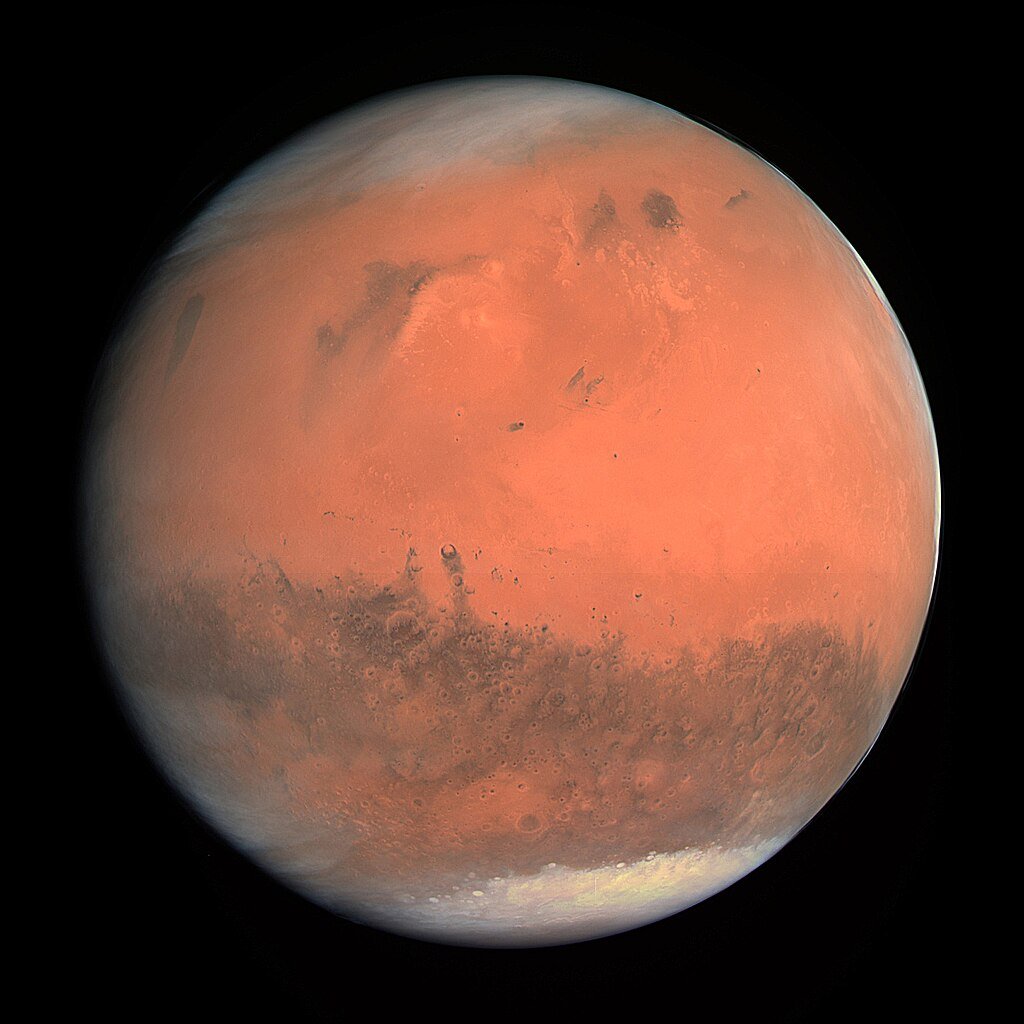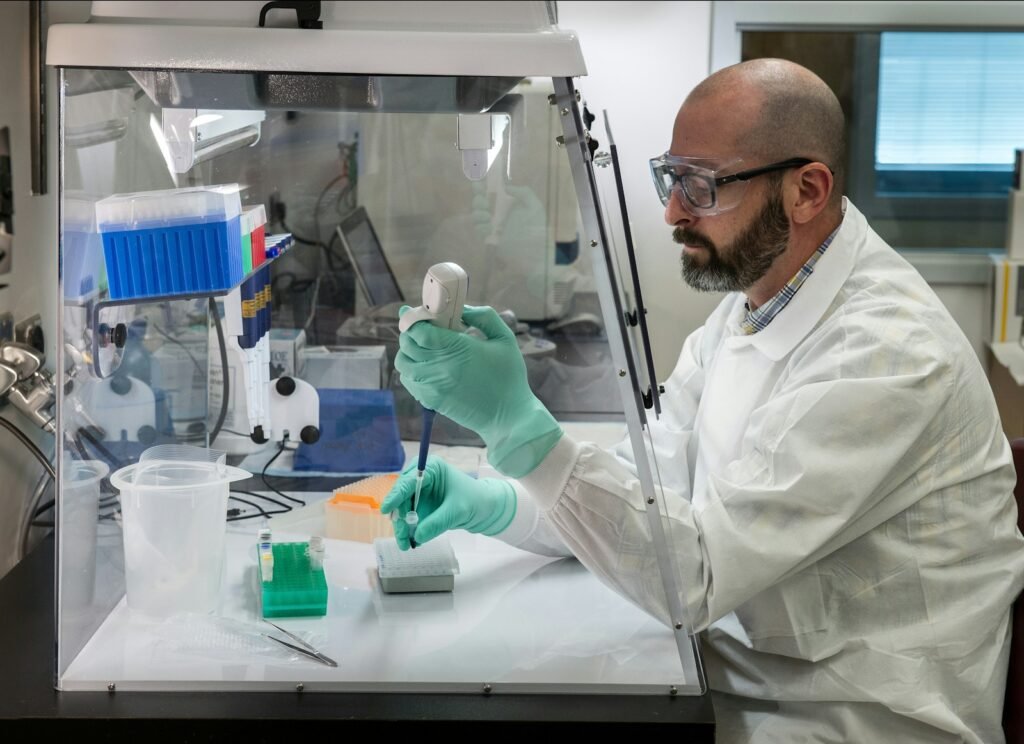A new study suggests that Mars may have once had an active carbon cycle, which could explain why the planet was warmer and wetter billions of years ago. Researchers analyzing data from NASA’s Curiosity rover found evidence of carbonate minerals, indicating that Mars once had a thicker carbon dioxide-rich atmosphere capable of supporting liquid water.
How Carbonates Reveal Mars’ Past Climate

Carbonate minerals form when carbon dioxide dissolves in water, leading to the creation of solid deposits. The presence of iron-rich carbonate (siderite) in Gale Crater suggests that Mars once had enough atmospheric CO₂ to trap heat and sustain liquid water. This discovery provides a missing link in understanding how Mars transitioned from a habitable environment to its current cold, dry state.
Evidence from Curiosity Rover’s Findings
The Curiosity rover’s ChemMin instrument detected siderite in sulfate-rich layers of Mount Sharp, confirming that Mars had a partially closed carbon cycle. This means that some of the atmospheric CO₂ was sequestered into rock, while other portions may have been released back into the atmosphere, influencing climate shifts over time.
Implications for Mars’ Habitability

If Mars had a stable carbon cycle, it could have supported microbial life in its ancient lakes and rivers. Scientists believe that understanding how Mars lost its atmosphere could help predict whether subsurface water or remnant life still exists today. Future missions may focus on deep drilling to uncover more carbonate deposits and refine climate models.
Conclusion

The discovery of carbonates on Mars strengthens the theory that the planet was once warmer, wetter, and potentially habitable. As scientists continue to analyze Martian geology, these findings could reshape our understanding of planetary climate evolution and the possibility of past life beyond Earth.
Source:





